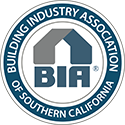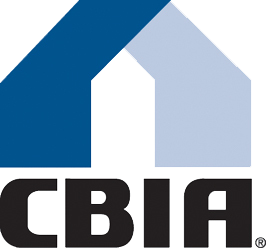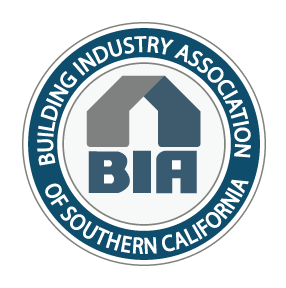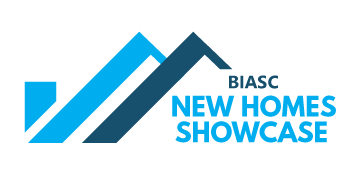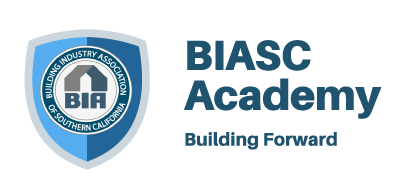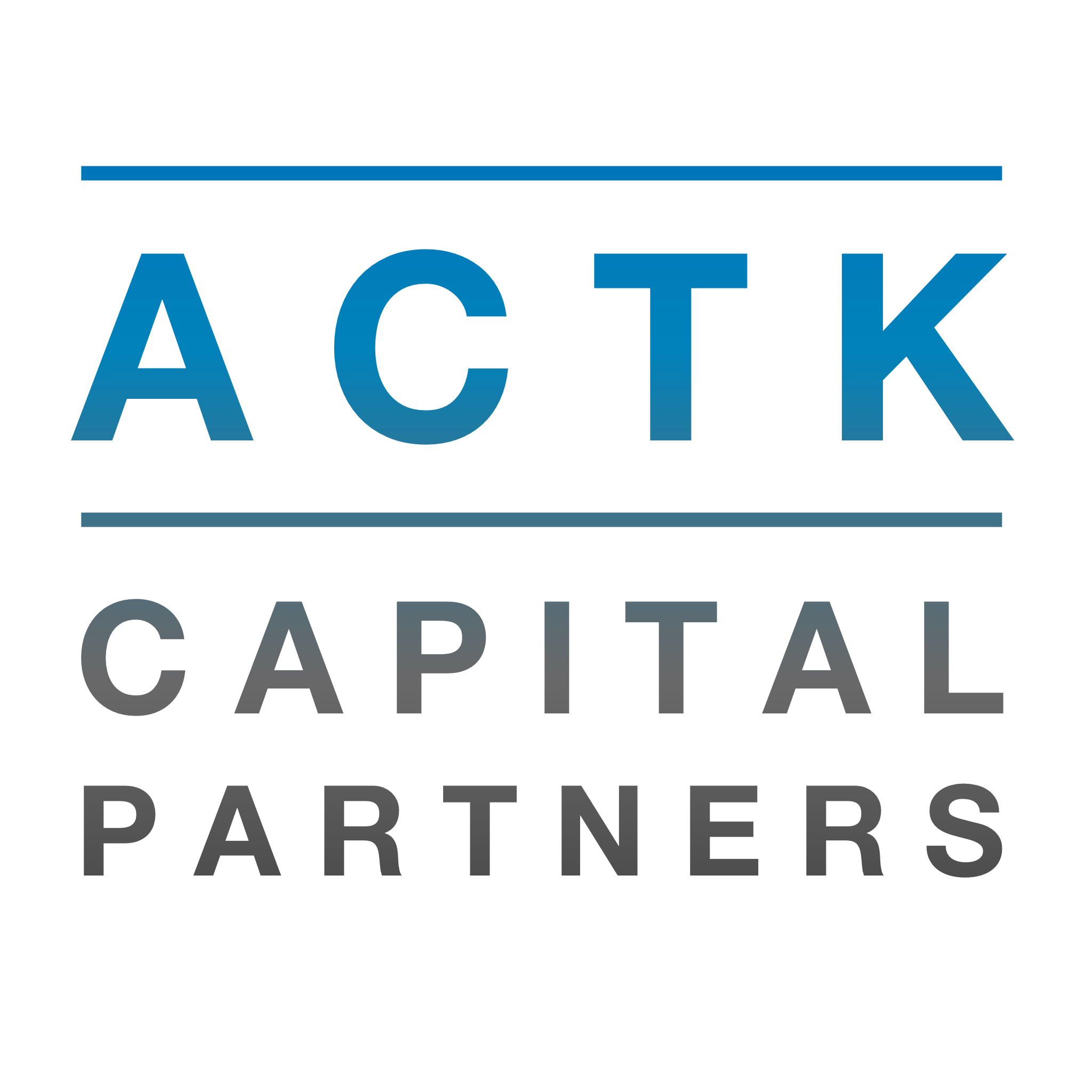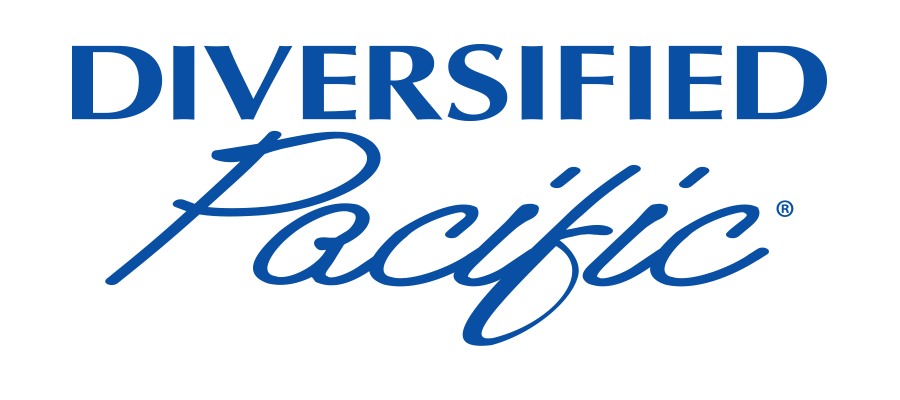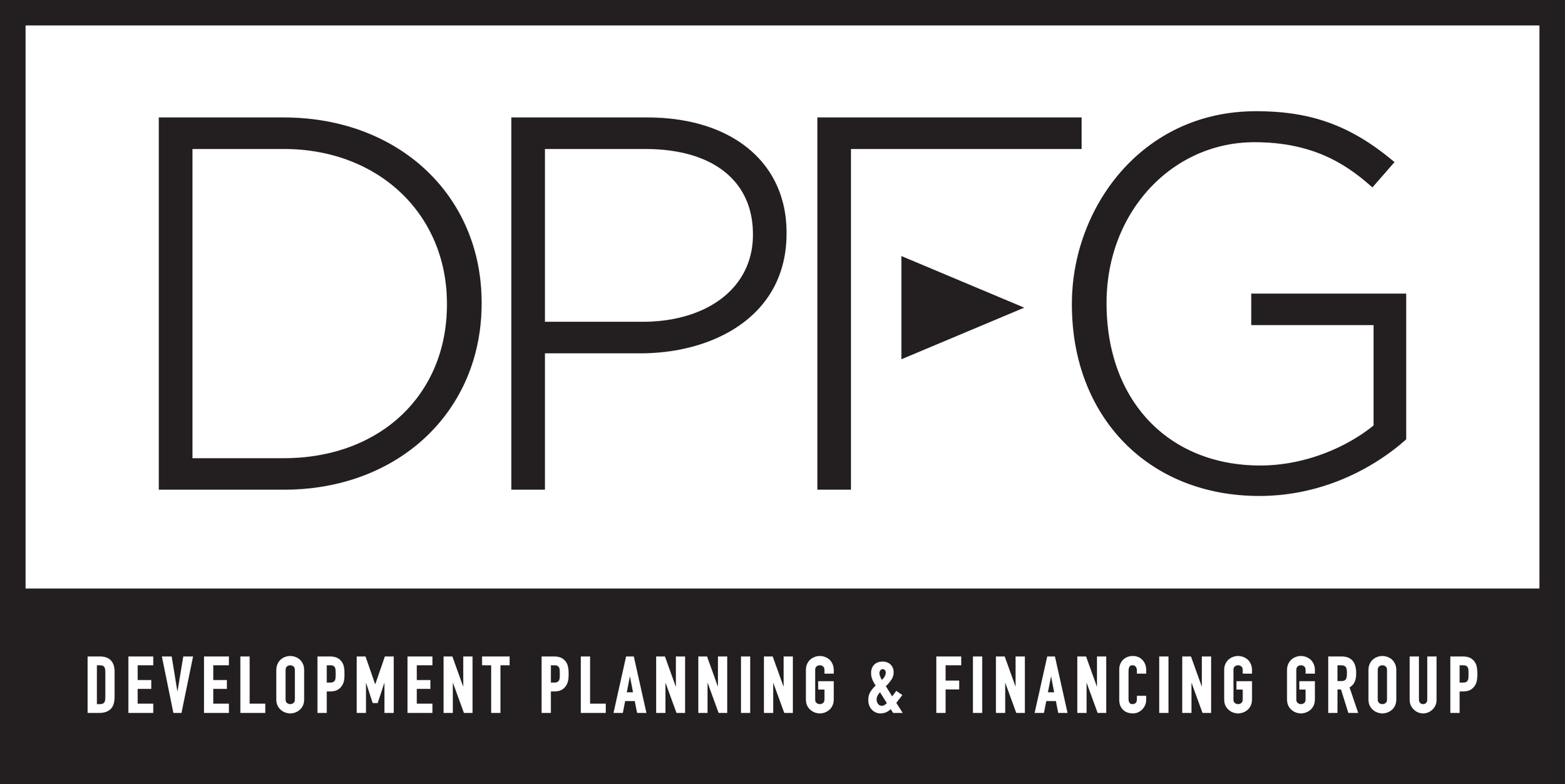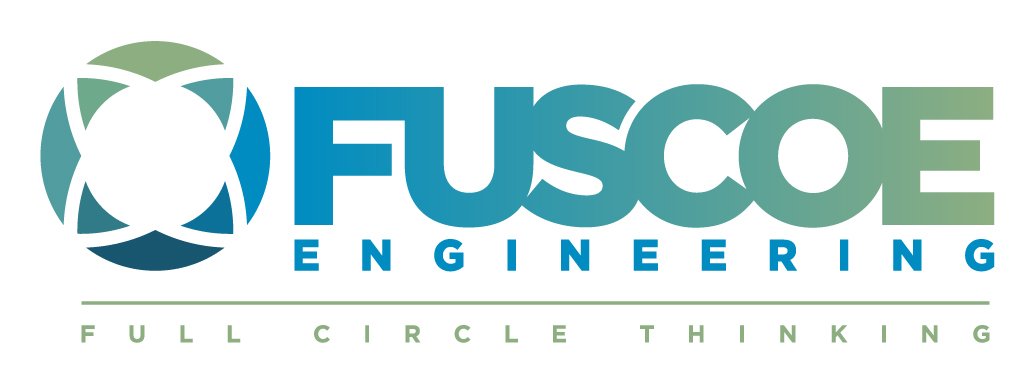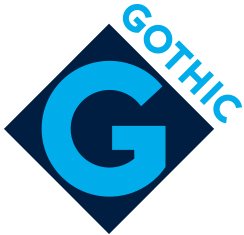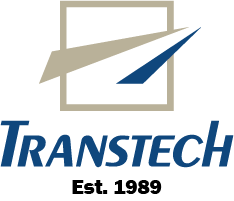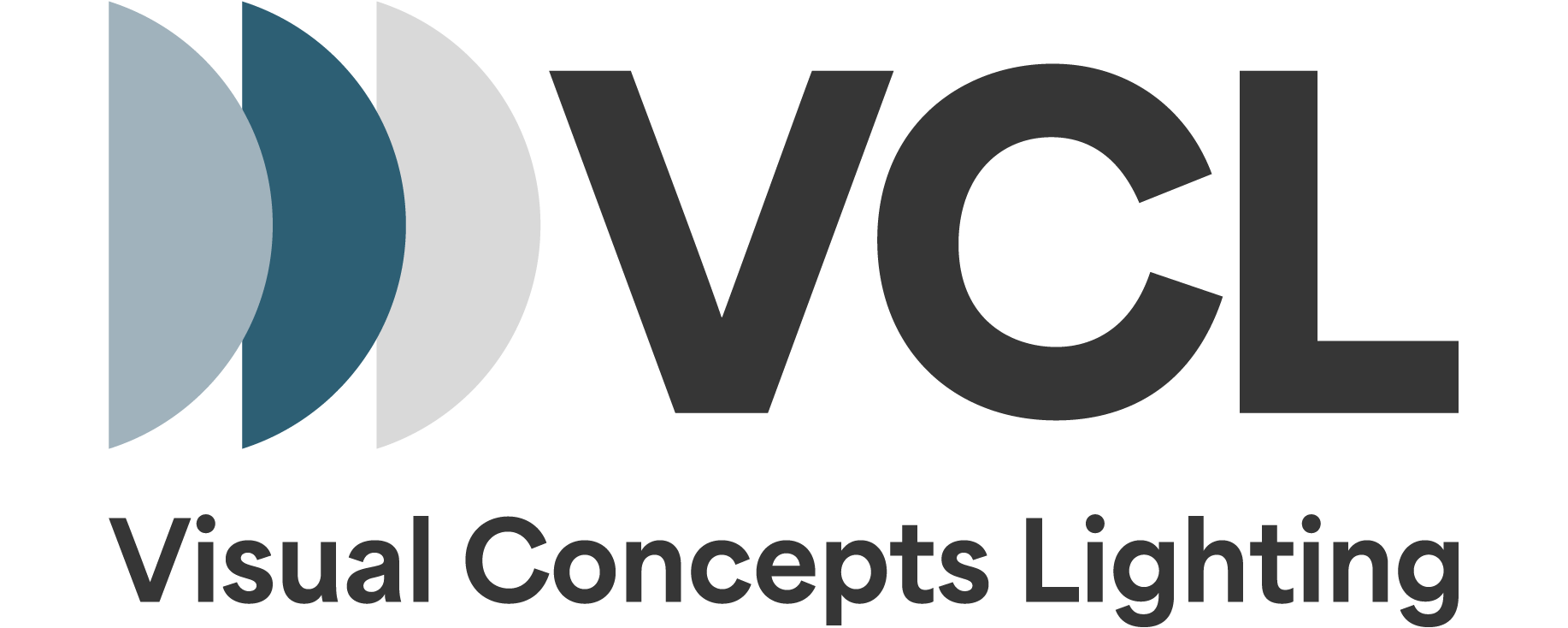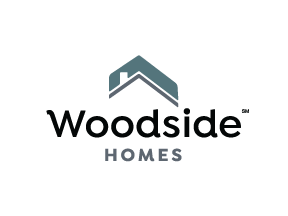By Ali Sahabi of Optimum Group, LLC
President, Building Industry Association (BIA) Baldy View Chapter
California is the “Golden State,” yet with every new home built, it grows greener. Today’s state-of-the-art new homes exceed national standards and overall are 40 to 60 percent more energy efficient, use 50 percent less water and require 60 percent less irrigation. That is good news for all Californians, however, for anyone hoping to sell or buy an existing home, it means that the bar is raised for bringing an existing home into compliance with current environmental and development standards.
Because of this new ‘greening’, today’s home owners and buyers are fortunate to avail themselves of a growing number of highly-trained and certified remodeling professionals who can increase the comfort, utility and value of a home and make it more competitive on the real estate market. If you own or are shopping for an existing home or even a new home that will become an existing home over time, at some point you will probably seek out a trained and certified professional remodeler.
Whether to simply bring a house up to code or to transform a home into a dream home, any remodeling project will be a major undertaking, so the first rule of any such project is to plan carefully to ensure the best possible results and minimize the impact of the project on your life. Start by making sure you have the money for a successful completion of the project. When calculating how much you will require for a remodel, remember the best rule of thumb is to plan on spending 80 percent of your total budget and leave an additional 20 percent in reserve to cover changes, unforeseen problems and miscellaneous charges. Remember that anything not included in the original contract will cost extra. Then, set a firm start date of your project. Guarantee yourself enough time to have your home prepared for the work being done.
Then, consult with a National Association of Home Builders (NAHB)-certified remodeling professional because he or she can help you to take advantage of any federal energy efficiency tax credits or inform you about additional local or state tax credits, rebates and other methods of saving money on your remodeling project. Also, check with the Federal Housing Administration (FHA) which offers programs for home improvements at www.HUD.gov and search for information on Title I and 203(k) programs.
The most common methods of financing a home remodel are: cash, home improvement loans, home equity lines of credit (HELOCs), home equity loans (second mortgages) or a cash-out refinancing of your current mortgage. The simplest method of financing is cash. However, before you pay cash for a major home improvement project, remember that interest payments on a home improvement loan may be tax–deductible, but you can't write off the expenses of a remodeling project paid for in cash. Check with your financial advisor beforehand.
A home equity line of credit – commonly known as a “HELOC” - is a form of revolving credit in which your home serves as collateral. This allows you to tap into these funds whenever you need it. Your credit history and ability to pay may also be considered in determining the amount of credit available.
You may want to consider a home equity loan (known as a second mortgage). This is a fixed-rate, fixed-term loan based on the equity in your house that is paid back in equal monthly installments over a specific period of time.
If you have lived in your home for a considerable amount of time or if interest rates have gone down, you might even consider refinancing the home This alternative allows you to use the accumulated equity in your home to take out a new loan to pay off your existing mortgage and then use the remaining funds for your remodeling project. However, make sure you factor in the length of time you plan to live in the house and the number of years left on your current mortgage before you decide to refinance.
The reason homebuilding professionals nationwide celebrate National Home Remodeling Month in May as part of our season-long celebration of the benefits of homeownership is because May kicks off the season where most homeowners and homebuyers will be starting their home improvement projects. For more information on remodeling, home buying or the benefits of homeownership, visit our www.BIABUILD.com or www.NAHB.com/remodel and have a happy National Home Remodeling Month.
